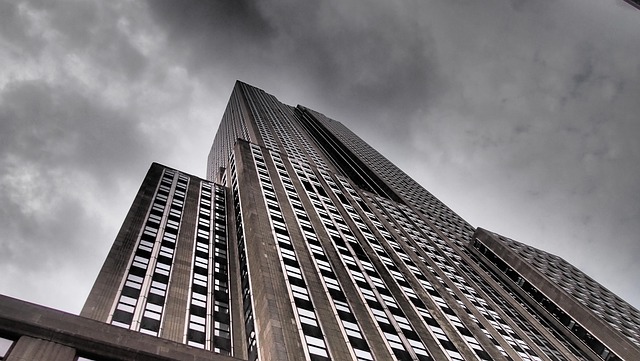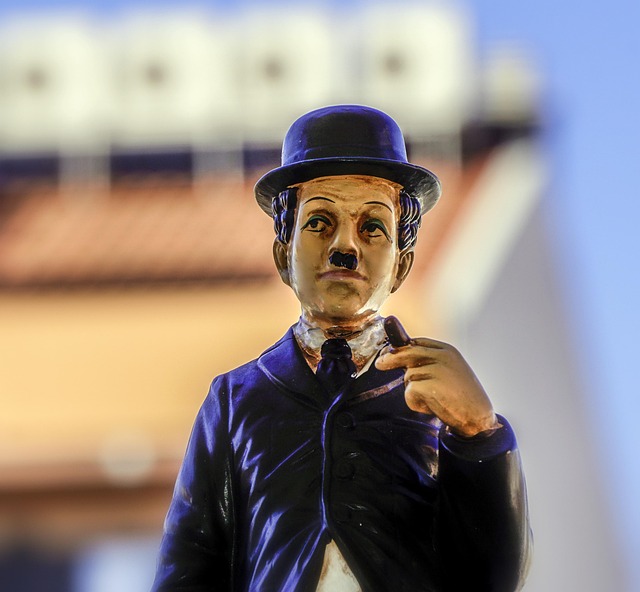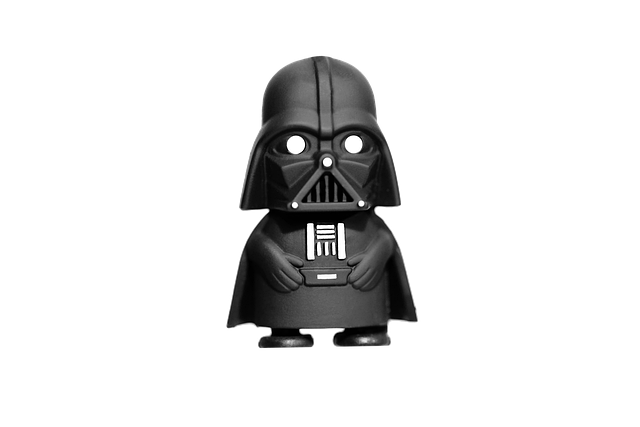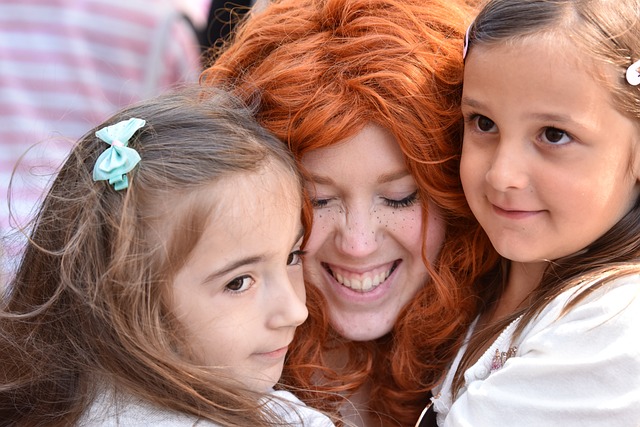
Sleepy Hollow
Introduction
“Sleepy Hollow” is a film adaptation of Washington Irving's classic short story, “The Legend of Sleepy Hollow,” first published in 1820. Directed by Tim Burton and released in 1999, the film has garnered attention for its unique visual style, compelling performances, and a narrative that intertwines elements of horror and dark humor. This article provides an overview of the film, its critical reception, and its cultural significance.
Plot Overview
The film is set in 1799 and follows the story of Ichabod Crane, portrayed by Johnny Depp, a New York City police constable. Crane is dispatched to the remote village of Sleepy Hollow to investigate a series of mysterious decapitations. The victims include a wealthy father and son, as well as a widow, all of whom have met gruesome ends at the hands of an unknown assailant. As Crane delves deeper into the investigation, he encounters the legend of the Headless Horseman, a spectral figure believed to be responsible for the murders.
Character Analysis
Ichabod Crane is characterized as a rational and somewhat neurotic investigator, whose reliance on scientific reasoning contrasts sharply with the superstitions of the townsfolk. Depp's portrayal of Crane is marked by a blend of vulnerability and determination, making him a relatable protagonist. The film also features a strong supporting cast, including Christina Ricci as Katrina Van Tassel, a woman caught between Crane and the dark forces at play in Sleepy Hollow. Other notable performances include Miranda Richardson, Michael Gambon, and Christopher Lee, each contributing to the film's rich tapestry of characters.
Cinematic Techniques
Tim Burton's direction is evident in the film's distinctive visual style, characterized by dark, atmospheric cinematography and elaborate set designs. The use of color, lighting, and special effects creates a hauntingly beautiful depiction of Sleepy Hollow, enhancing the film's eerie tone. The art direction received critical acclaim, ultimately winning an Academy Award for its exceptional design. The film's musical score, composed by Danny Elfman, further complements the visual elements, adding depth to the narrative and heightening the emotional impact of key scenes.
Critical Reception
Upon its release, “Sleepy Hollow” received positive reviews from critics, who praised its performances, direction, and screenplay. The film's blend of horror and humor resonated with audiences, contributing to its commercial success. Grossing approximately $207 million worldwide, it became one of the notable films of 1999. Critics highlighted the film's ability to balance suspense with moments of levity, showcasing Burton's unique storytelling approach.
Cultural Impact
The film has left a lasting impact on popular culture, reinforcing the legend of the Headless Horseman in contemporary media. Its portrayal of Ichabod Crane has influenced subsequent adaptations of Irving's work, shaping the character into a more complex figure than in the original story. Additionally, the film has inspired various forms of artistic expression, including stage adaptations and themed events, such as the Sleepy Hollow Music Festival, which celebrates the legacy of the story and its adaptations.
Conclusion
“Sleepy Hollow” stands as a significant adaptation of Washington Irving's classic tale, merging traditional storytelling with modern cinematic techniques. Its exploration of themes such as fear, superstition, and the clash between rationality and the supernatural continues to resonate with audiences. As the film approaches its 25th anniversary, its influence on both cinema and culture remains evident, ensuring that the legend of Sleepy Hollow endures in the collective imagination.

















 Disney Princess
Disney Princess 
 Health
Health  Fitness
Fitness  Lifestyle
Lifestyle  Tech
Tech  Travel
Travel  Food
Food  Education
Education  Parenting
Parenting  Career & Work
Career & Work  Hobbies
Hobbies  Wellness
Wellness  Beauty
Beauty  Cars
Cars  Art
Art  Science
Science  Culture
Culture  Books
Books  Music
Music  Movies
Movies  Gaming
Gaming  Sports
Sports  Nature
Nature  Home & Garden
Home & Garden  Business & Finance
Business & Finance  Relationships
Relationships  Pets
Pets  Shopping
Shopping  Mindset & Inspiration
Mindset & Inspiration  Environment
Environment  Gadgets
Gadgets  Politics
Politics 